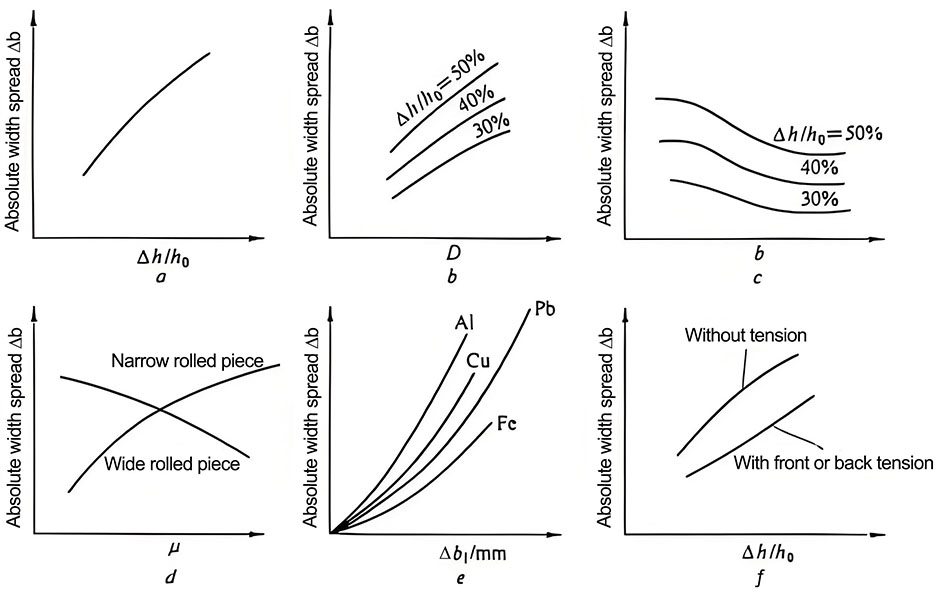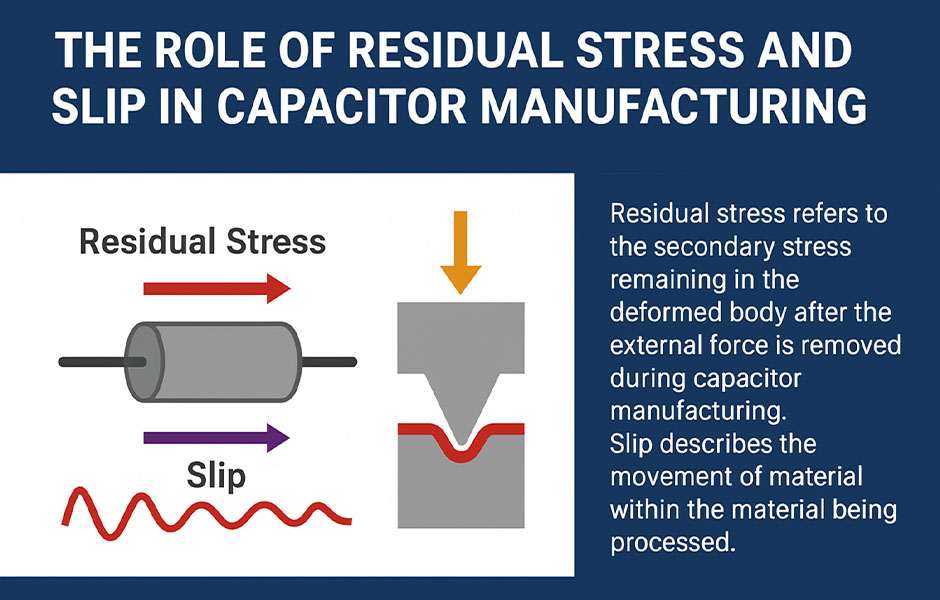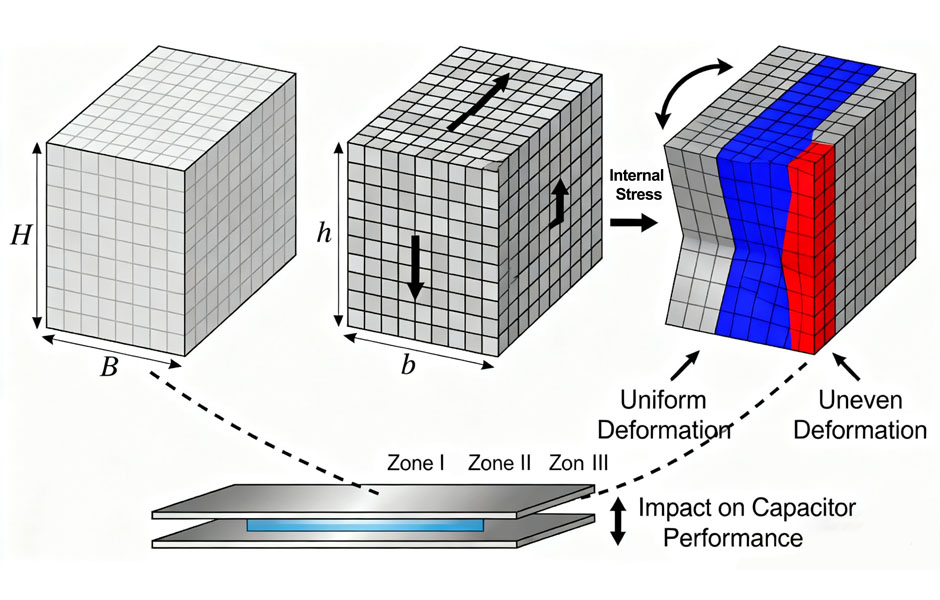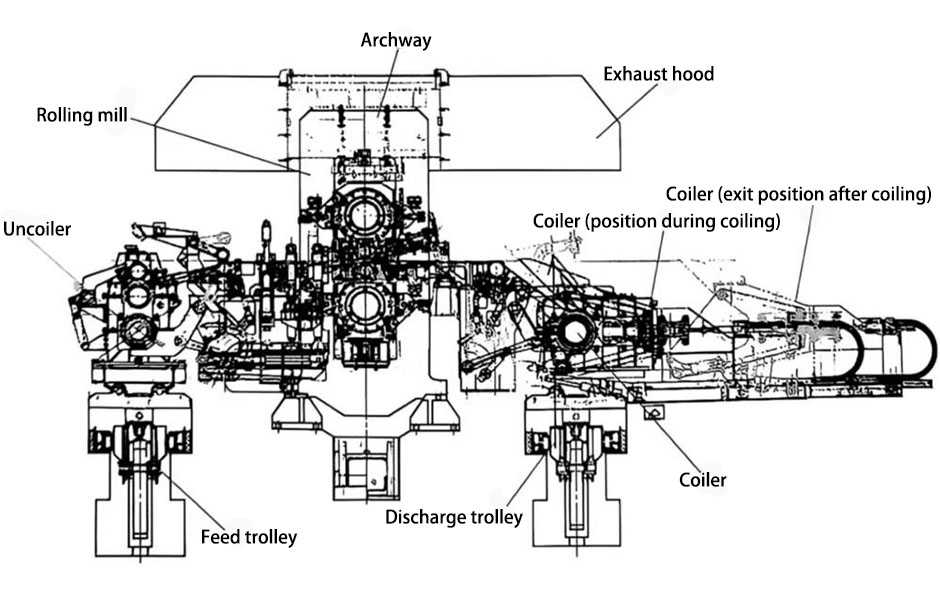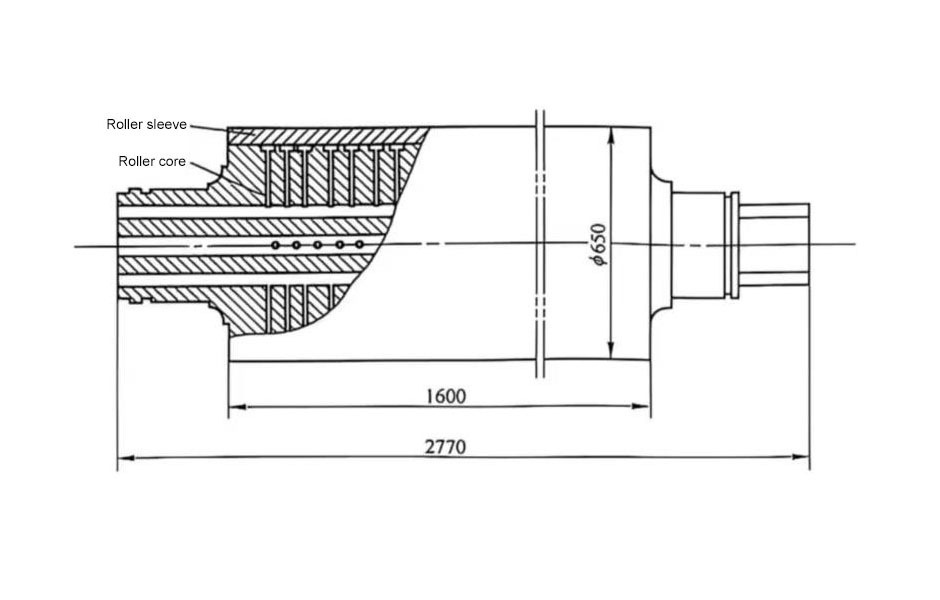For example,SMD electrolytic capacitors lifetime on the surface of the chip electrolytic capacitor, a temperature data will be marked, such as 125 and so on. This temperature represents the maximum temperature that the capacitor can withstand. At this maximum temperature, the capacitor generally can only guarantee about 1000 hours of normal operation. Through this temperature value, we can use the formula to calculate the life of the capacitor in other different temperature environments. The calculation formula of aluminum solid polymer conductor capacitance: L2=L1×10^[(t1-t2)/20] (the calculation result in square brackets is regarded as a power of 10, the same below) where L2 represents the life of the capacitor in actual use, The unit is hour, L1 represents the lifetime at the highest temperature (1000 hours), T1 represents the maximum working temperature marked by the capacitor (such as 125 above), T2 represents the actual temperature used (such as 85 degrees, etc.). Assuming an aluminum solid polymer conductor capacitor with a maximum operating temperature of 125 degrees, working at 85 degrees, then its life can be calculated by L2=1000×10 to the power of 2=100000 hours, that is to say about the energy Work for about 11 years.
Expand knowled
The life of aluminum electrolytic capacitors mainly depends on its applicable environmental conditions (such as temperature, humidity) and electrical load conditions (such as voltage, ripple current, etc.). Generally speaking, the failure mechanism of aluminum electrolytic capacitors is considered to be caused by the electrolyte gradually evaporating through the rubber plug. Therefore, temperature factors (environmental dispersion and internal heat due to ripple current) have the greatest impact on the life of the capacitor, and the effect of voltage on the life of the capacitor is negligible, especially for low-voltage aluminum electrolytic capacitors.
